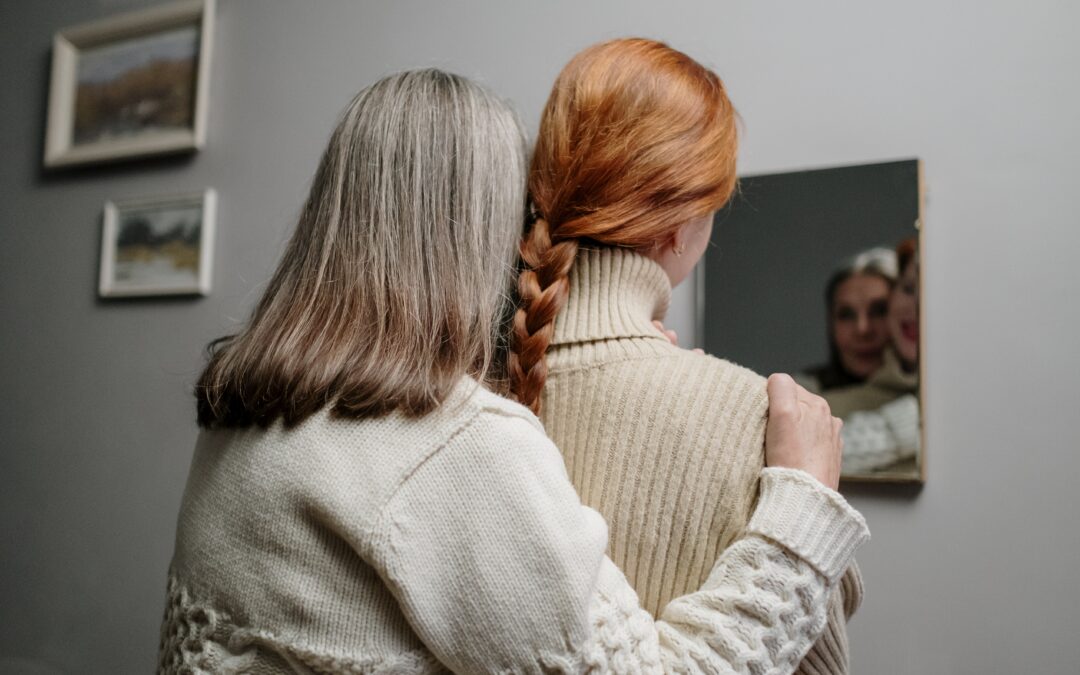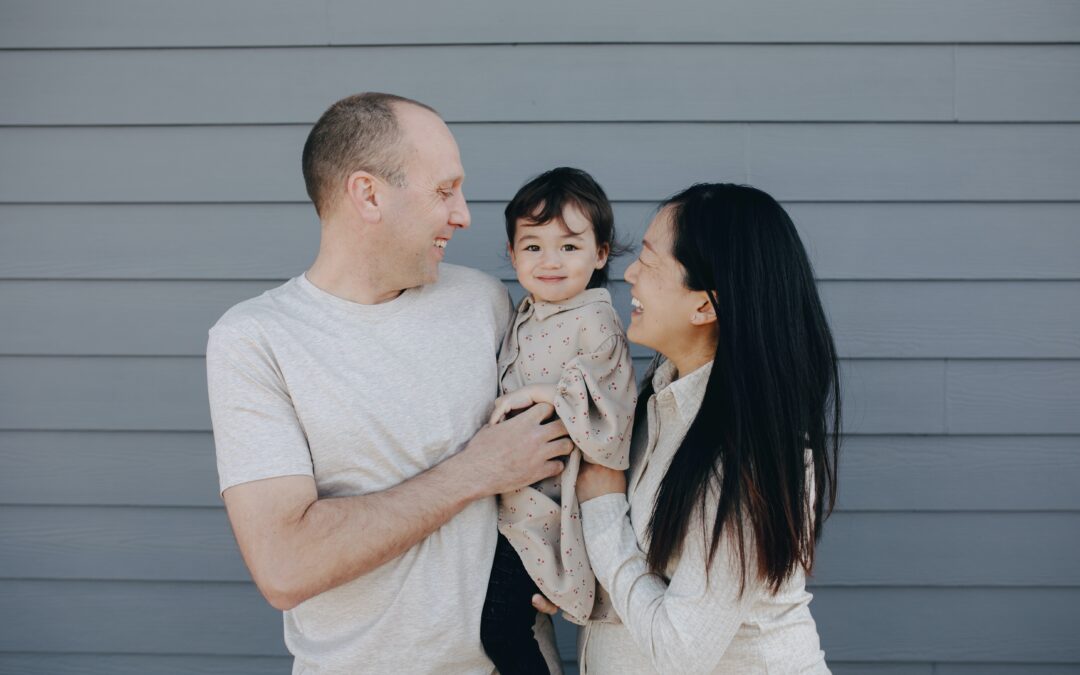Anne Helen Petersen, a former BuzzFeed writer who currently authors the Substack newsletter Culture Study, wrote this week about the dearth of care for children, elderly, and sick adults in our society, and what that means for parents and adults who work who are forced to take on assume the caretaker role for a loved one. Elaborating on what Evelyn Nakano Glenn, author of Forced to Care, has dubbed the “care crisis,” Petersen writes that we need a stronger infrastructure of care to fill the gaps with more providers, but also to curtail its coercive effects on those who are forced to become caretakers, especially women. While the phenomenon she describes is real and pressing, her proposed solution is a band aid to deeper issues afflicting family life in America – particularly the effects of globalization, professionalization, atomization, and commercialization.
The American Care Crisis
Petersen writes that our current “caregiving paradigm…relies heavily on proximity to family and presumed willingness,” and the communitarian argument for living near and leaning on neighbors and family members should be the norm. She rightly observes that care has historically been managed by “people in the larger familial unit” who “take on roles as secondary caregivers, thus weaving together an entire safety net of care for those who need it, either because they’re children or aging or disable or recovering from illness.” This model for care is far from material in contemporary America, and has grown less viable with the separation of work and home as well as a the growing distance between family members. Though 80% of family members live within two hours of each other, Petersen finds the statistics of care in America worrisome: 16.8 percent of the population currently provides care for adults over 50 (a number which is rapidly growing). In terms of who is available to provide the care, the stay-at-home role traditionally filled by women is occupied in only one in five American families as of 2016. Finally, a full twelve percent of parents are members of the “sandwich generation,” who “simultaneously provide care for an aging parent and a child under 18.”
The Language of Care
In light of these statistics, Petersen advocates for more government-funded care, particularly to prevent women from having to take on unwanted roles as caregivers, which would mean more women leaving the workforce and performing “hidden labor.” “Unpaid emotional labor.” “Invisible labor.” These phrases have become variations on the old feminist battle-cry of “equal pay for equal work.” This time, however, the goal is to transform the home into a place of equality between the sexes. For this particular brand of feminism, equity within the scheme of the market economy is the utmost demonstration of “progress” and “where we are in history.” But in focusing on achieving equitable outcomes between men and women in terms of equal pay for equal labor (emotional, intellectual, or physical), those like Petersen who think families need more government help fail to recognize the fact that many, if not most women, see the “unpaid labor” of childcare as valuable. As Leah Libresco Sargeant writes in her blog Other Feminisms,
“I see this pattern in the calls for government-funded universal childcare, which is a fit for some parents’ needs and goals, but not all. As long as we are paying someone else to take care of our children (or our parents), the value of the work is legible in economic terms.”
To be fair, Petersen writes that we need “informal communities of care” as much as or more than the government-issued variety of care. The problem with care-as-infrastructure is not that we don’t need more care – we do – but the problematic view that the government and government’s money (re: our money) should shape the private sphere of family life. While it is certainly true that we need more informal communities of care, how do we begin?
What Kind of Infrastructure?
How far are we willing to go – how much are we willing to sacrifice for the good of our sick or dependent family members? Who do we urge – or force – to assume the caretaker role which we would rather push aside? We speak about having a career as necessary, but in light of the care needs in our society and within our own families is our career or our care more pressing? It seems that our incentives are backwards when it takes two incomes to raise a family. Though it has become utterly taboo to say so, it used to be women – both single and married – whose hidden work as nannies and nurses in home and hospital settings formed the backbone of an emergent care industry. Today, women are overwhelmingly represented in professional healthcare, suggesting that our commitment to equal representation in the workforce has made us blind, and perhaps numb, to the sustenance of home life. What do we make of an economy which forms young, able-bodied women and men for professional training away from home? Do we urge single people and young adults to stay home and put off college? We’ve made it so that having a degree is a necessity for entering the workforce, which takes time away from home for learning complicated things to apply in a business field. Home economics is gone from most schools in favor of technical training. If we aren’t willing to sacrifice something — our time, money, energy, love — we won’t be able to form communities of care, because we personally have to care and recognize that we will have to personally pay steeply for the things that matter. No amount of money can cover the losses of population decline, familial breakdown, and brain drain.
Care is Culture, Not a System
While the before-times were by no means perfect, the idea that we can or should build “infrastructure” to fill a gap in care traditionally provided by close neighbors and relatives seems to be an inversion of priority. Our first priority should be to analyze the social causes of this dearth in care and do the opposite. That means paring down, prioritizing family, giving and receiving in communities. It means actively caring about others both physically and otherwise, investing not in what seems socially acceptable or desirable but what will last for generations. The notion that we can magically erect and run “system” of care without jeopardizing family intimacy or our own ability to care for others is dangerous. We should aim to transform the culture from within, not impose a system from on high. We can’t accomplish everything by ourselves, of course, but paying others to do the work of caring about what we rightly should care about is merely passing on our problems to others. Money will not incentivize us to sacrifice more of our time and energy for care – which is philosophically, if not actually, what the care crisis represents.







